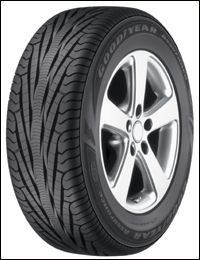Just as you dress yourself in extra layers and winterize your house to protect it from the cold, your car needs extra preparation to make it through the winter as well. But getting ready is only half the battle. Winter driving conditions also mandate driving differently. Snow and ice need to be taken seriously and prepared for.
Advertisement
Hopefully, by the time winter's first storm hits, most people are prepared with a closet full of heavy coats and boots. This winter, make sure your car is as prepared as you are. Going the extra mile by getting your vehicle ready for winter and learning what it takes to drive safely through ice and snow could save your life.
In this article, we'll tell you what your car needs to make it through winter, what to pack before you take a winter road trip, how to manage snowy and icy conditions, and what to do in the event of an accident.
Advertisement



